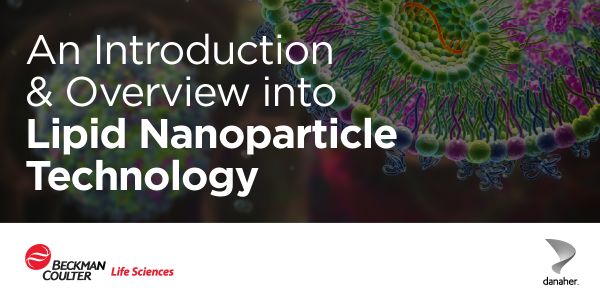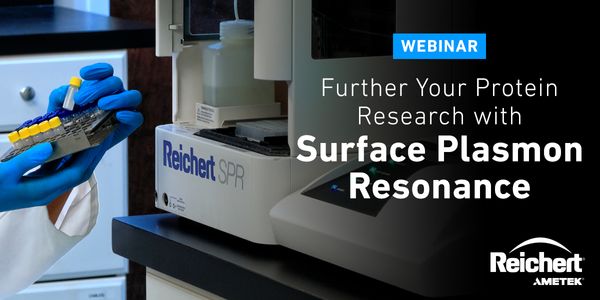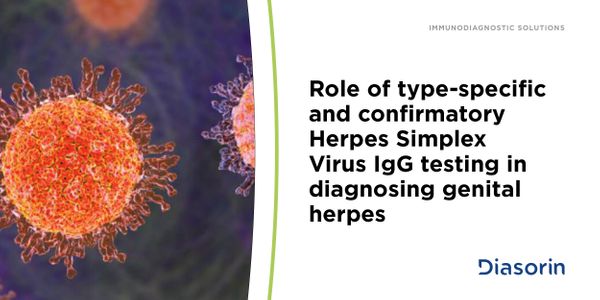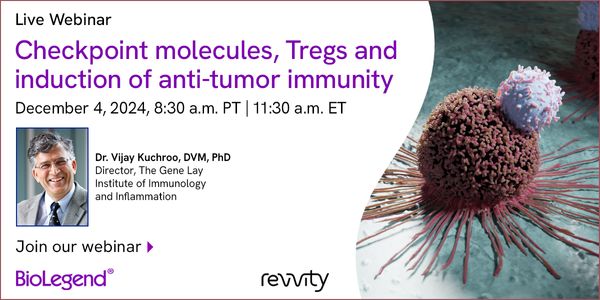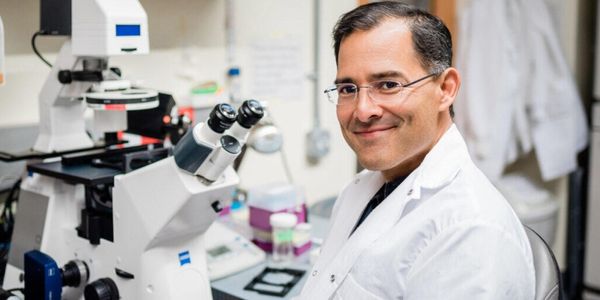Viral
The term viral refers to an infection driven by a virus and examples include COVID-19, AIDS, measles, hepatitis, and smallpox. Viruses contain DNA or RNA and must infect host cells in order to replicate and they can damage the host during this process. Antiviral medications or vaccines can treat viral infections.
-
JAN 21, 2026 | 8:45 AMC.E. CREDITSLipid nanoparticles (LNPs) have become the gold standard in non-viral gene delivery technologies, exemplified by the approval of the LNP messenger RNA (mRNA) vaccines against SARS-CoV-2. Sin...OCT 28, 2025 | 9:00 AMThis webinar explains how CAR-T cells transfected using Solupore® technology from Avectas and sorted using the CGX10 Cell Isolation System from Sony Biotechnology outperform unsorted cel...From Discovery to Clinic: Comprehensive CRISPR Solutions for Therapeutic Development CRISPR gene editing has revolutionized the field of molecular biology, offering precise, efficient, and v...Speaker: Roumen Bogoev, MSc , Ping-Jun Lin, MSc
Engineered immune cell therapies offer the promise of more tailored interventions than traditional systemic checkpoint blockades, but so far remain ineffective across the majority of clinica...
The clustered regularly interspaced short palindromic repeats (CRISPR)-CRISPR-associated proteins (Cas) system is a bacterial defense mechanism that uses RNA-guided enzymes to cut specific s...
OCT 07, 2025 | 11:00 AM
Mass Photometry (MP) and Macro Mass Photometry (MMP) are complementary, label-free techniques that analyze biomolecules and therapeutic vectors directly in solution with single-particle reso...
OCT 02, 2025 | 8:00 AM
CAR-T Therapy continues to evolve rapidly, mRNA encoding CAR constructs directly to T cells in the bloodstream, potentially enabling CAR T cell production in the body without the need to iso...
Ebola virus executes its replication cycle through a tightly orchestrated sequence of events, but the host factors that govern the timing of these steps have remained poorly defined. In this...
AUG 28, 2025 | 10:00 AM
C.E. CREDITS
Measles is a highly contagious viral illness that can lead to severe complications, including fatal pneumonia. In early 2025, a measles outbreak was identified in west Texas. Since then, the...
JUN 17, 2025 | 9:00 AM
Join us for an insightful webinar on the critical role of molecular diagnostic testing for respiratory viruses during flu season. This session will delve into the importance of accurate and...
MAY 08, 2025 | 8:00 AM
The HIV-1 Nef accessory factor promotes viral replication and immune escape of HIV-infected cells, making it an attractive drug target. Our team previously identified small molecules that bi...
MAR 25, 2025 | 10:00 AM
C.E. CREDITS
• HSV types, anatomical sites and mechanisms of infection/reactivation • Factors in transmission of genital HSV infections • Methods to identify HSV infections • Type-spe...
MAR 25, 2025 | 8:00 AM
Analytical ultracentrifugation is an established method during the development of therapeutic proteins and antibodies and contributes supporting information regarding the size, oligomerizati...
MAR 20, 2025 | 8:00 AM
Efficient viral vector production is essential for the cost-effective manufacture of cell and gene therapies. Many of the current production workflows are reliant on basal media in batch-mod...
DEC 04, 2024 | 8:30 AM
Expression of co-inhibitory receptors or “checkpoint” molecules, such as CTLA-4 and PD-1, on effector T cells is a key mechanism for ensuring immune homeostasis. Dysregulated exp...
CRISPR has emerged as a promising alternative to viral-based gene editing by allowing scientists to modify genes with unprecedented ease and flexibility. The discovery and development of a d...
On Demand
C.E. CREDITS
Gene therapy has experienced an increasing number of successful human clinical trials, leading to 6 FDA approved products using delivery vectors based on adeno-associated viruses (AAV). Thes...
Gene therapy involves introducing a functional gene into the patient's cells to replace a missing or defective one. It has revolutionized the field of medicine and has the potential to c...
Speaker:
Roumen Bogoev, MSc
T cell lymphocytes play a central role in the adaptive immune response. They are an essential tool of adoptive cell therapy for the treatment of chronic viral infections and malignant diseas...
Speaker:
Françoise de Longueville Dr. rer. nat.
Across the entire spectrum of the life sciences sector, from academia and hospitals to pharmaceutical and biotech companies, enormous amounts of resources are invested in the development of...

